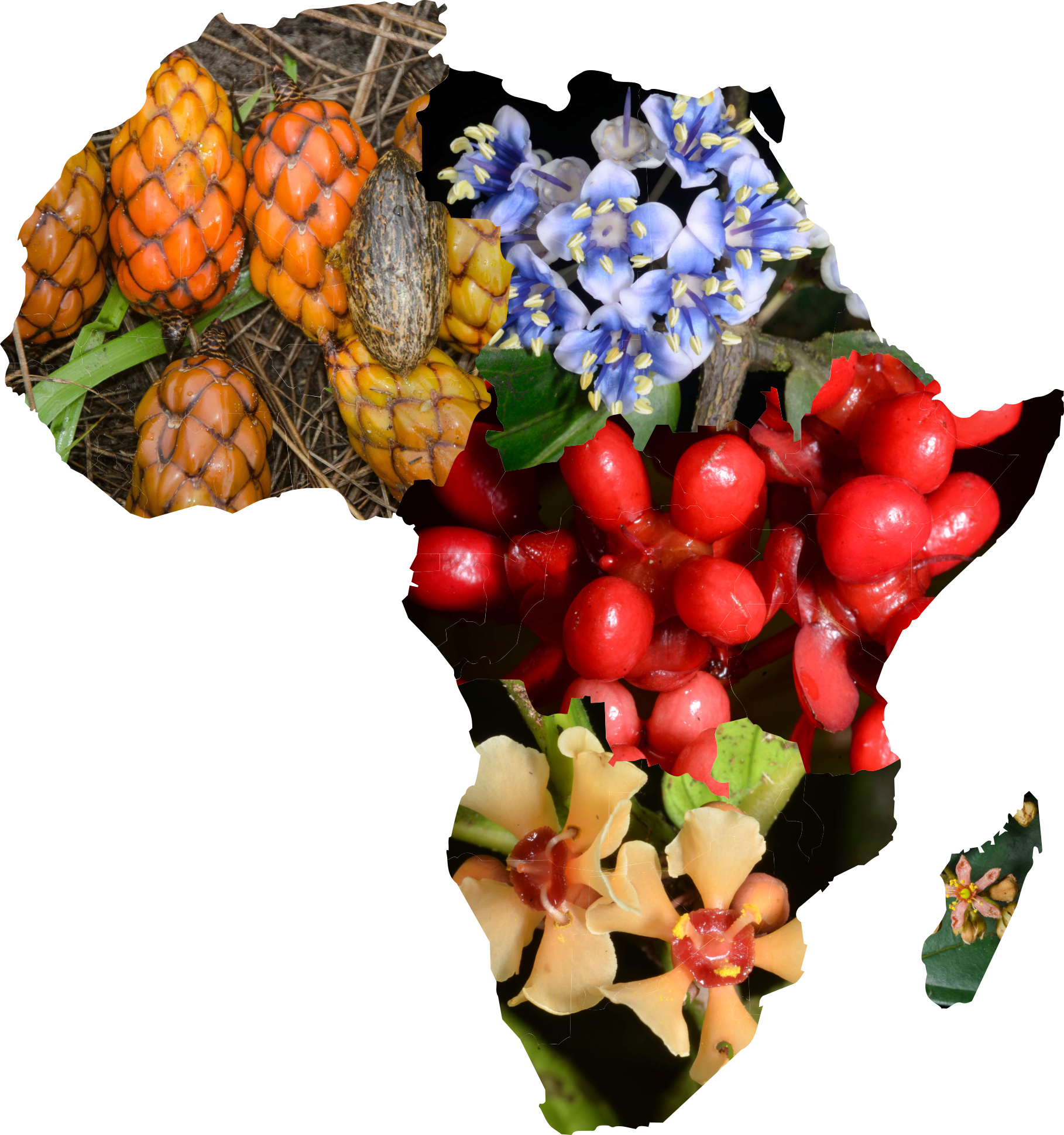CAS:BOT-BC
84381 Almeda, Frank; Ranarivelo, H.; Randriambololona, T.; Razanatsoa, J.; Almeda, S. 9303 2006-09-12
Madagascar, Fianarantsoa, Itremo massif about 6 km west of Ihazofotsy on the road west of Ambatofinandrahana., -20.5780555556 46.5708333333, 1594m
CAS:BOT-BC
639062 Almeda, Frank; Letsara, R.; Razanatsoa, J.; Peters, R.; Wenk, R.; Magnaghi, E. 10010 2010-10-06
Madagascar, Antananarivo, District of Anjozorobe. Region of Analamonga. Community of Manzanita Fokontany Ampotaba, ca. 60 km N of Antananarivo on National Road # 3 to Anjozorobe., -18.6256389 47.8499722, 1361m
CAS:BOT-BC
639121 Almeda, Frank; Letsara, R.; Razanatsoa, J.; Peters, R.; Wenk, R.; Magnaghi, E. 10012 2010-10-06
Madagascar, Antananarivo, District of Anjozorobe. Region of Analamonga. Community of Manzanita Fokontany Ampotaba, ca. 60 km N of Antananarivo on National Road # 3 to Anjozorobe., -18.6256389 47.8499722, 1361m
CAS:BOT-BC
64812 Daniel, Thomas Franklin 9268 1998-11-18
Madagascar, Fianarantsoa, Ranomafana National Park, Vohiparara trail system N of Namorona River (ca. 1.5 km N of cascade overlook along Hwy. 25)., -21.2333333333 47.3833333333, 1170 - 1230m
CAS:BOT-BC
35207 Fritsch, Peter 1720 1998-11-18
Madagascar, Fianarantsoa, *, 1100m
CAS:BOT-BC
64813 Almeda, Frank 7974 1998-11-03
Madagascar, Fianarantsoa, Fianarantsoa Province: About 3 km NW of the entrance to Ranomafana National Park. Along the main road into the park., -21.2533333333 47.4047222222, 854 - 884m
CAS:BOT-BC
64814 Almeda, Frank 8038 1998-11-06
Madagascar, Fianarantsoa, About 5 km NW of the main entrance to Ranomafana National Park on the road to Vohiparara, down to the Namorona River., -21.2452777778 42.3966666667, 1037m

